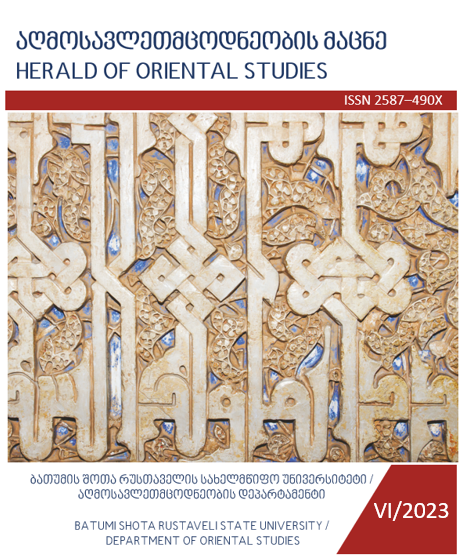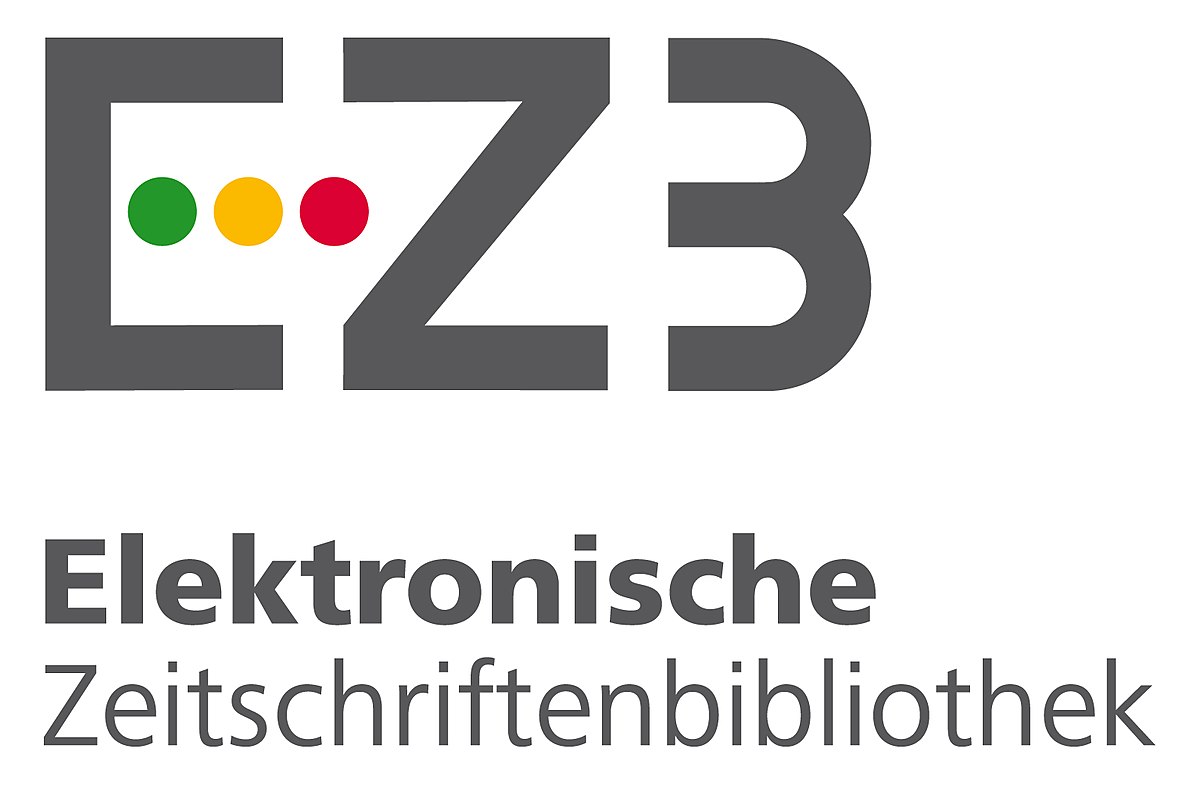The Caucasus and the Middle East in the early Holocene (According to recent archaeological research)
DOI:
https://doi.org/10.61671/hos.6.2023.7369Keywords:
Caucasus, Middle East, early Holocene, stone industry, migrationAbstract
The article provides a comprehensive account of two significant prehistoric archaeological sites located in Adjara - Kobuleti village and Khutsubani, including their history, modern investigations, and findings. The authors highlight that bone remains were not uncovered during the excavation of Stone Age archaeological sites due to the soil'speculiarities. These remains could have shed light on the hunting environment of that era. Stone artifacts provide insight into the lives of ancient hunter-gatherers in our regionThus, a thorough examination of the stone industry is very important. According to this analysis the authors, a fascinating conclusion is drawn regarding the origins of the Western Transcaucasia stone industry. During the early Holocene era, a new method of stone processing and various types of tools emerged within the aforementioned region. This innovative approach was originally developed in the territory of Iran and Iraq. It's a Mlefaatien culture, which comprises of many significant sites. After conducting a techno-typological analysis of the stone complex, it is believed that hand pressure techniques, backed microblades, Kashkashok side-blow blade-flakes, grooved tools etc. emerged in Western Georgia result of the great migration process from Middle East in the beginning of the 10th millennia BC. This view is supported by the complete range of precise dates, which accurately reflect the migrations ways and times of the early migrants. Additional inquiries in this field, conducted in the future, will undoubtedly uncover even more fascinating insights.
Downloads
Downloads
Published
How to Cite
Issue
Section
License

This work is licensed under a Creative Commons Attribution-ShareAlike 4.0 International License.


































